No Fear of the Dark: Electroluminescent Paint
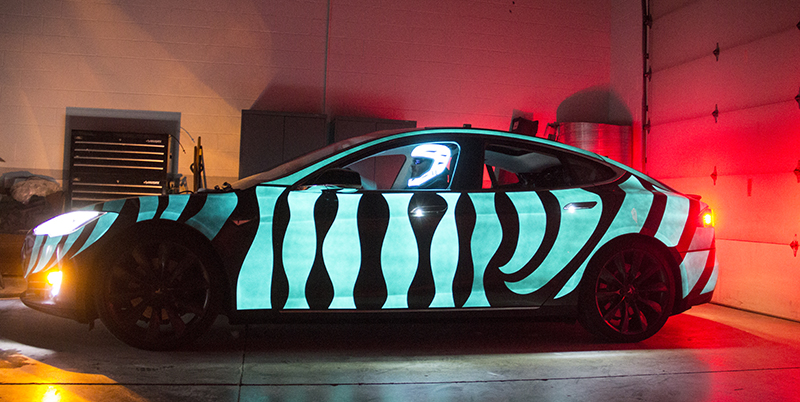
We stumbled across a very interesting video on YouTube about a custom painted rides. Now, that’s not that unusual, you hot rodders have painted your own cars in some great designs on the forums.
However, what caught our eyes to these bikes was when the lights were turned off and the paint took on a new light. Darkside Scientific painted these bikes in their LumiLor paint and we dug in to see how electroluminescent paint works.
[youtube http://www.youtube.com/watch?v=CE0IJLsH9K4?rel=0&w=600&h=338]
It’s simply amazing looking. To take a design and change it over once the lights go out is nothing short of impressive and creative. What you’re looking at is Darkside Scientific’s LumiLor paint system in action. It’s a paint that uses electroluminescence to light itself up. So, what exactly is electroluminescence, also known as EL? Well, other than the obvious of it being a light source, it’s specifically an optical and electrical phenomenon where a material emits light in response to an electric current or a strong electric field.
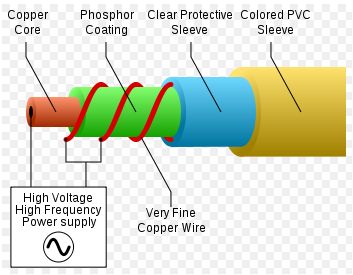
In some cases it works kind of like a light-emitting diode except the material is doped to form a p-n junction, which is the boundary between two types of semiconductor materials are. The p-type material is where the anode is and the n-type is where the cathode is and when electricity is passed through it emits light as the electrons pass through the holes of the semiconductor materials. This process releases photons and the material glows.
To make it work, the EL material must be sandwiched in between two electrodes and one has to be transparent so the light shines through. In the case of thin film EL, a glass coated with indium tin oxide is used as the transparent electrode while the back is a reflective metal. In the case of paint, an insulating base coat is laid before the conductive paint, then the EL paint is laid, and then a final coat of transparent conductive paint is sprayed on top of that.
[youtube http://www.youtube.com/watch?v=8ACkvkiaiIg?rel=0&w=600&h=338]
You can then paint or clear over it for different types of effects when and how the power is applied.
[youtube http://www.youtube.com/watch?v=b5XfFklLayY?rel=0&w=600&h=450]
You’re not limited to metal or even a rigid surface. You can even paint on paper.
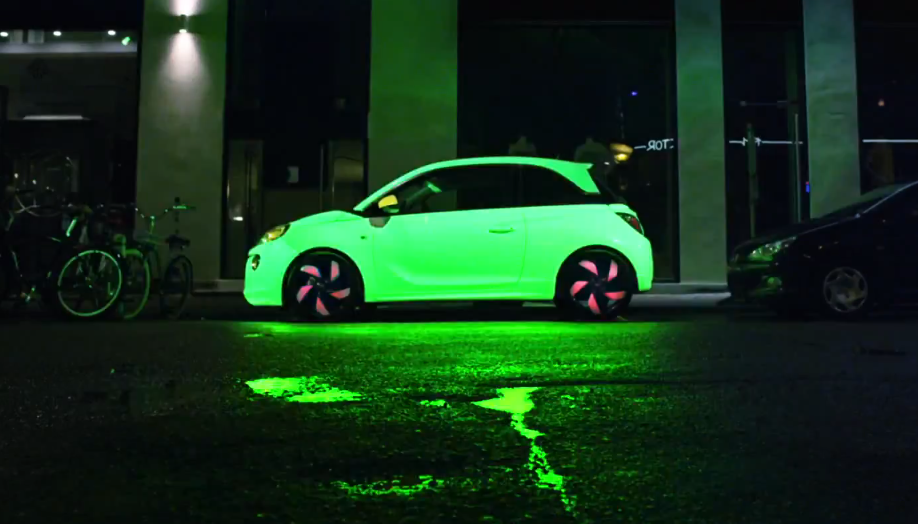
The type of electroluminescent material determines the color of the light before you paint or clear over it. Zinc sulfide doped with copper will produce a greenish color while replacing the copper with silver makes a bright blue light; manganese makes an orange-red color. If you replace the zinc sulfide with boron doped on a diamond coated material, it creates a natural blue color though getting the diamond on the material is rather difficult. We read one study that uses a chemical vapor deposit assisted by microwave plasma.
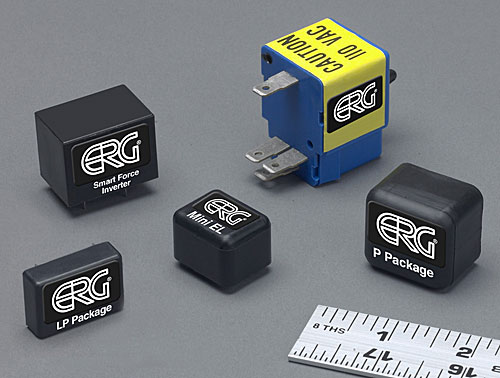
So, not only do you need a specific paint to make the light, you also need an electrical source. Unfortunately, you need more than 12-volts of direct current to light up an electroluminescent paint. You’ll need anywhere from 60 to 600-volts and you must use an alternating-current converter circuit. The higher the voltage and frequency of the alternating current, the brighter the area is, usually.
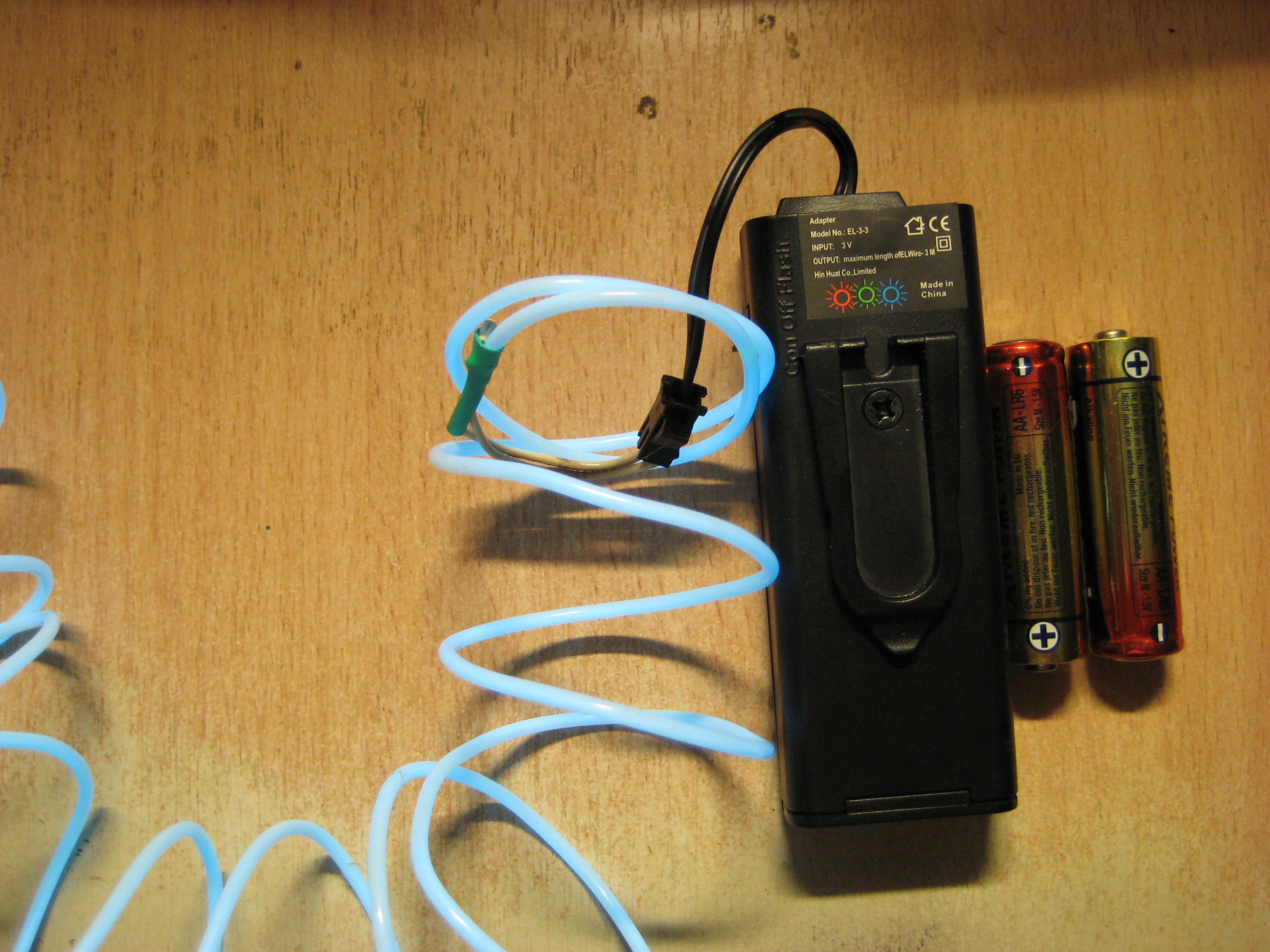
However, the amperage requirements are quite low and the light is long lasting when compared to neon, LEDs or even halogen lighting. The technology is even making its way to clothing with the use of EL wire and flexible EL labels for public safety. EL light also maintains the same brightness from all view angles and is not a negative resistant device is also a plus. That means it doesn’t have to be regulated by another circuit and works no matter how you look at it, which gives it another leg up over normal lighting as well.
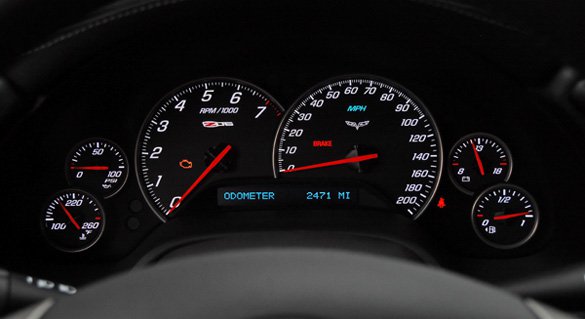
Electroluminescence isn’t a new technology, either. There are patents dating back to 1930’s for flat electroluminescent panels and in the 1960s, Chrysler and Imperial passenger cars used the technology in the instrument panels up until 1967. Corvettes have used the technology on their gauges up until recently.

When looking at EL paint, it makes you wonder what all you could create. From one look during the day time to another at night, imagine the possibilities.
